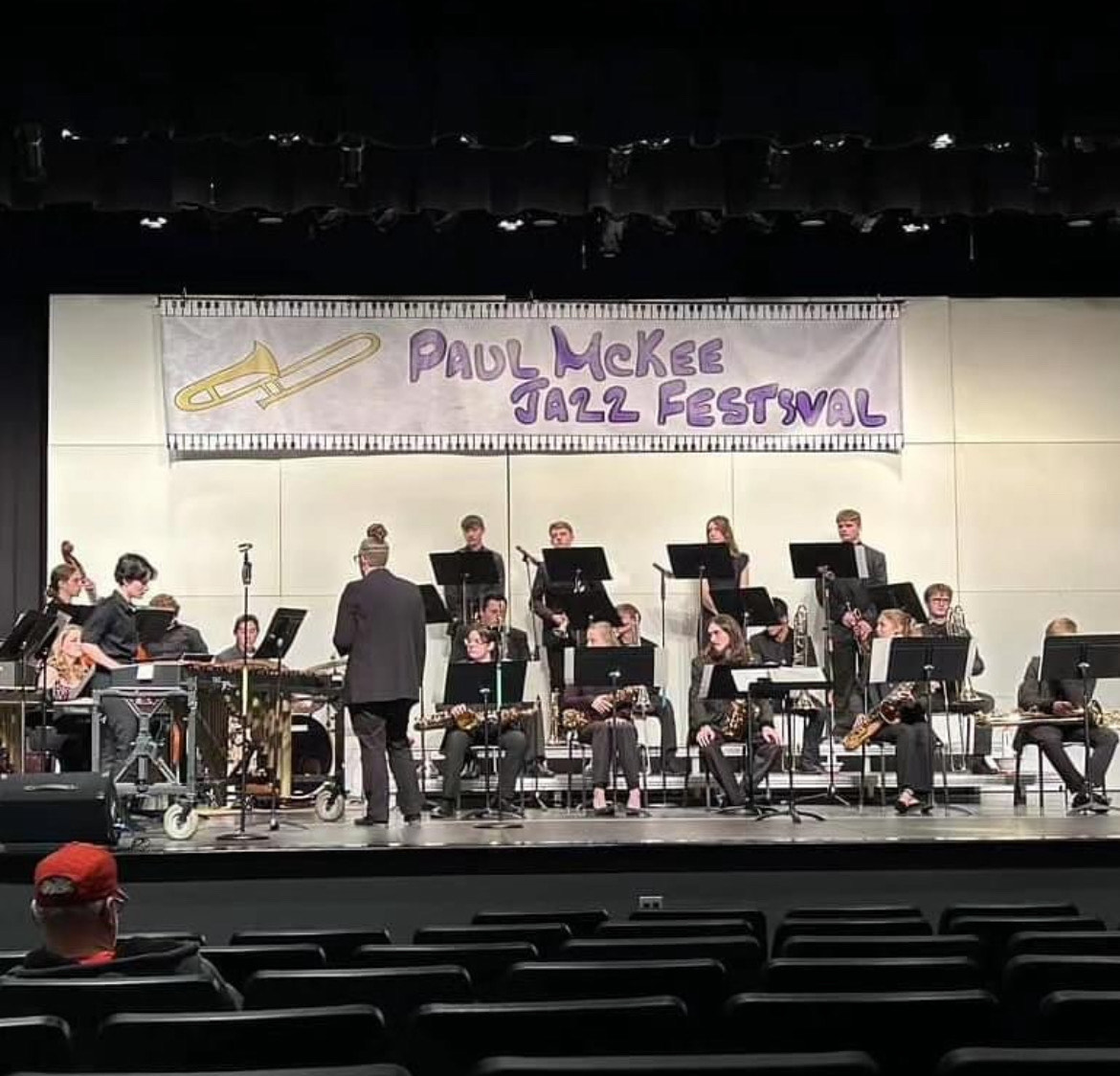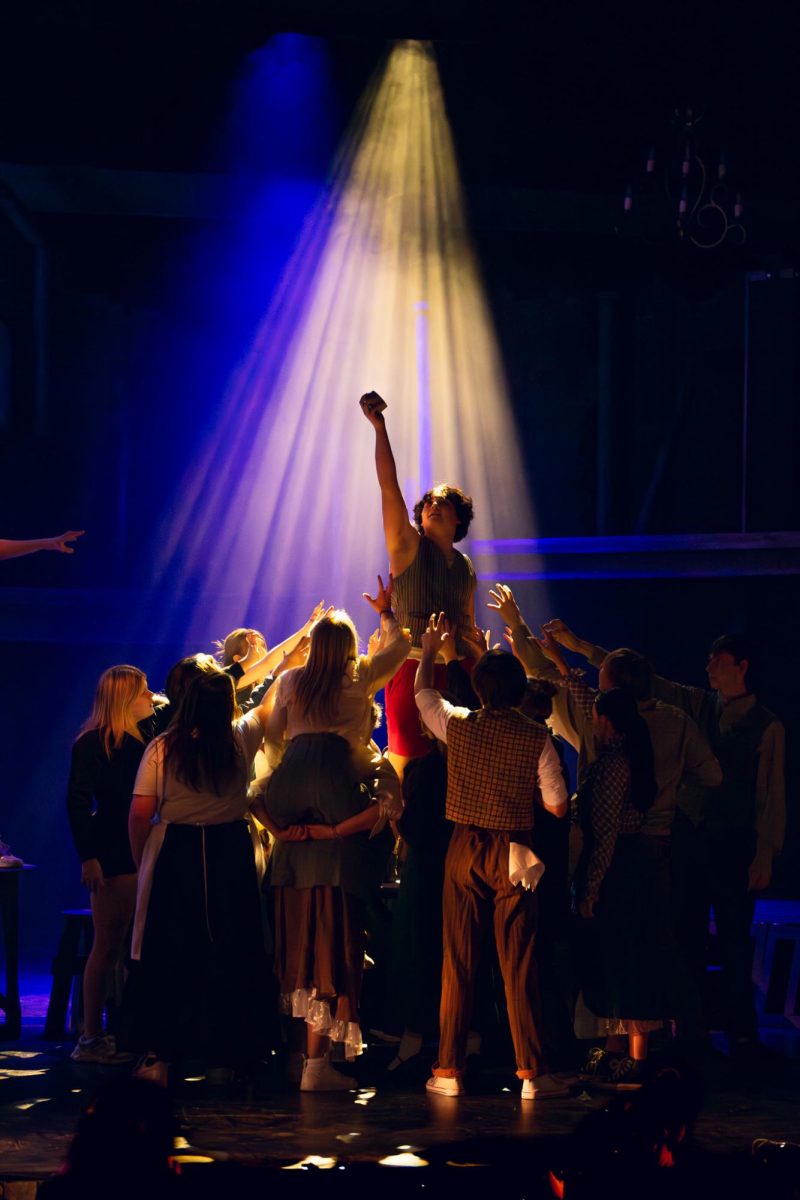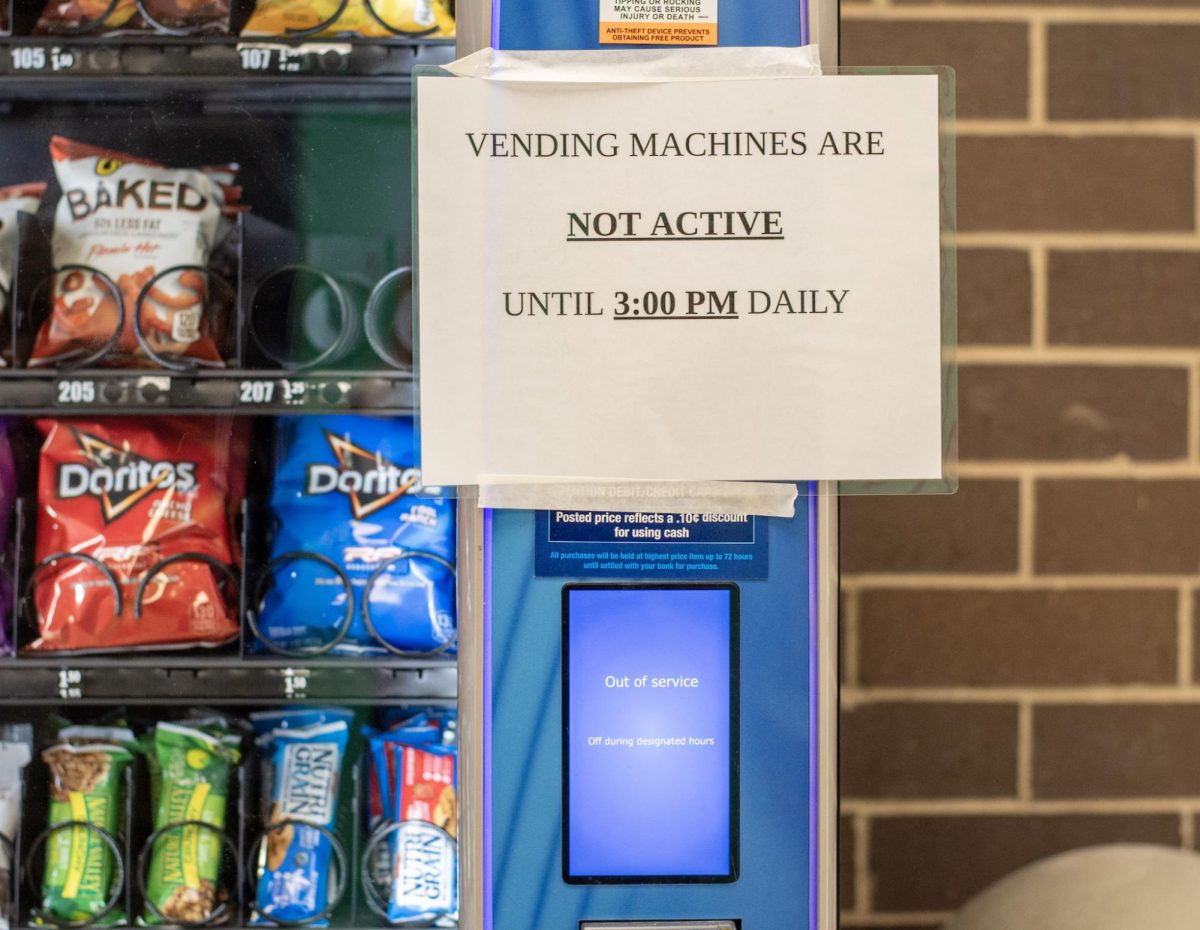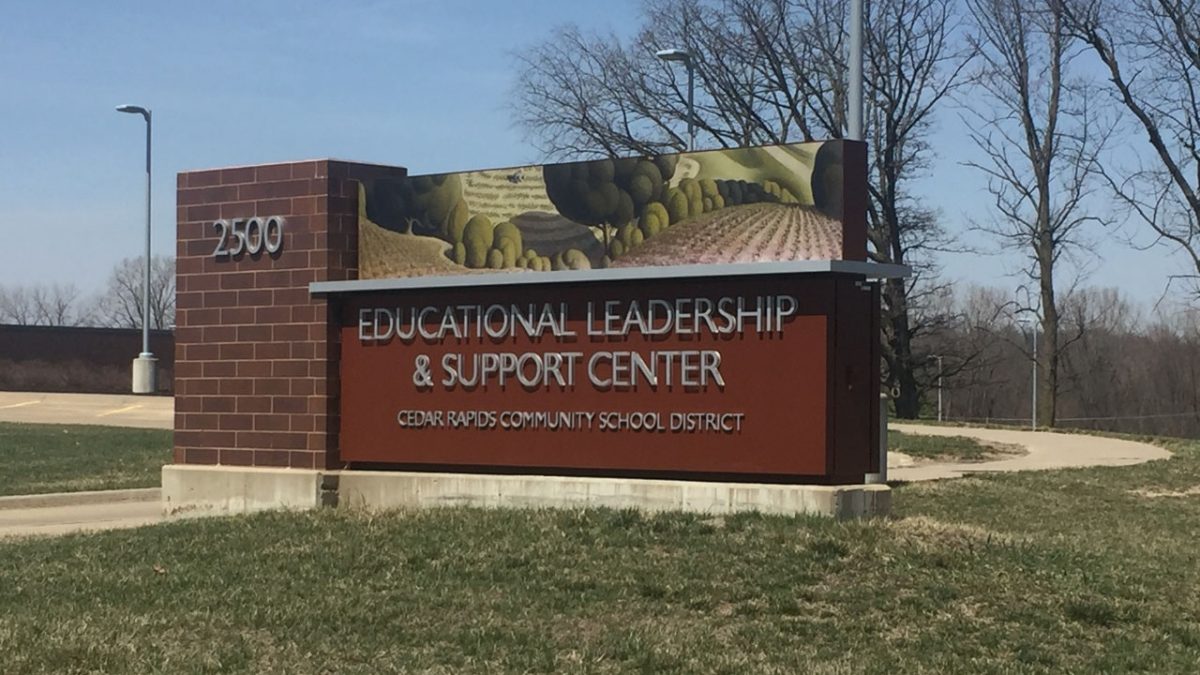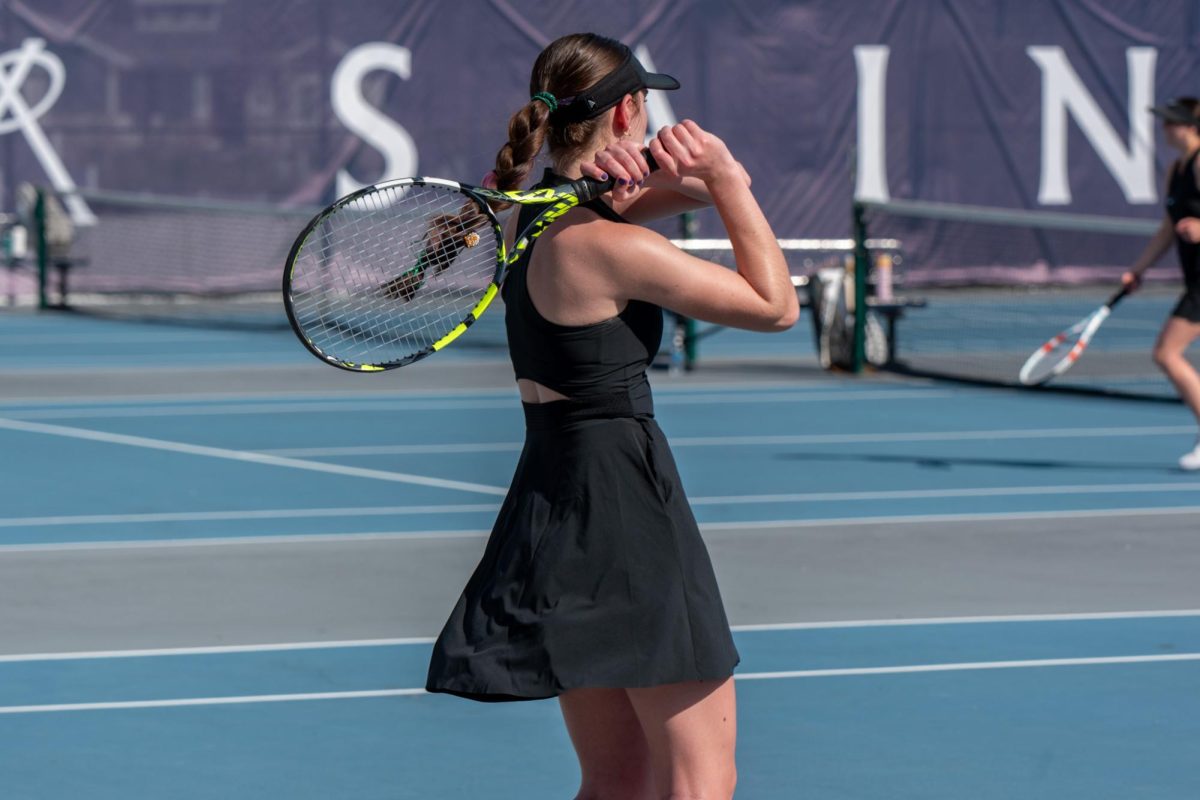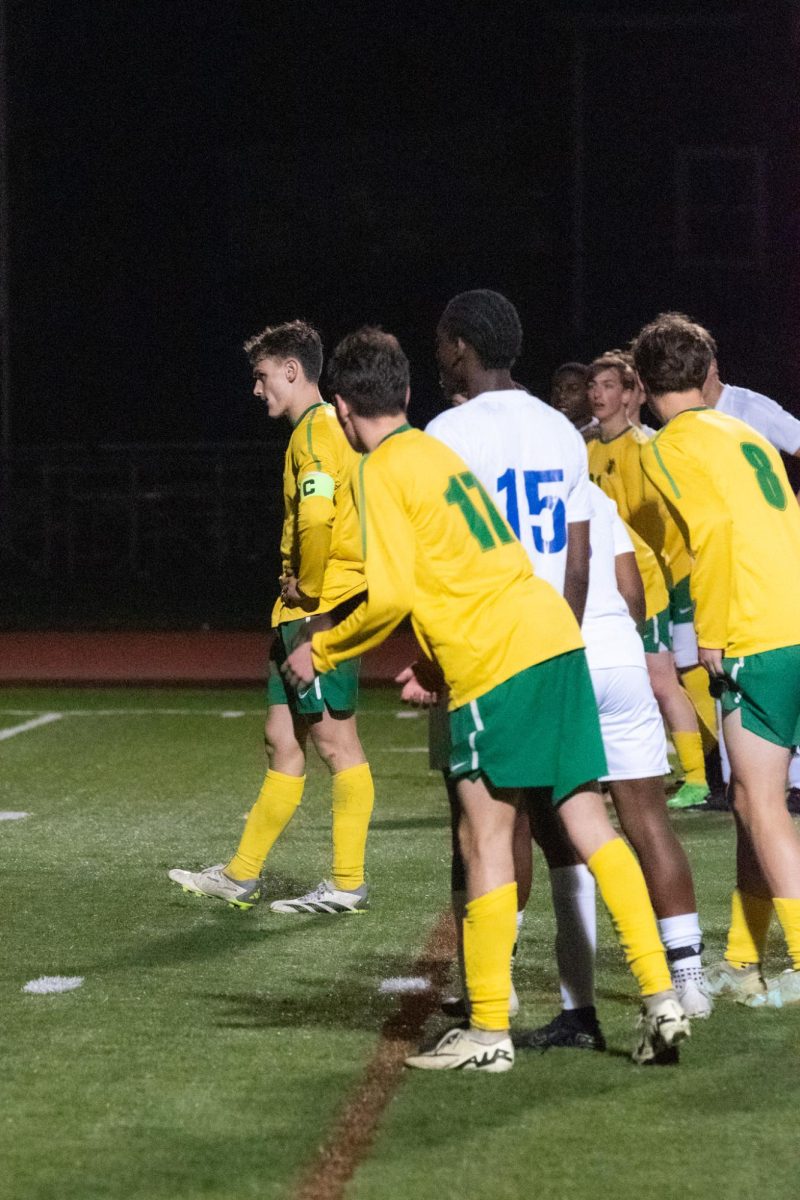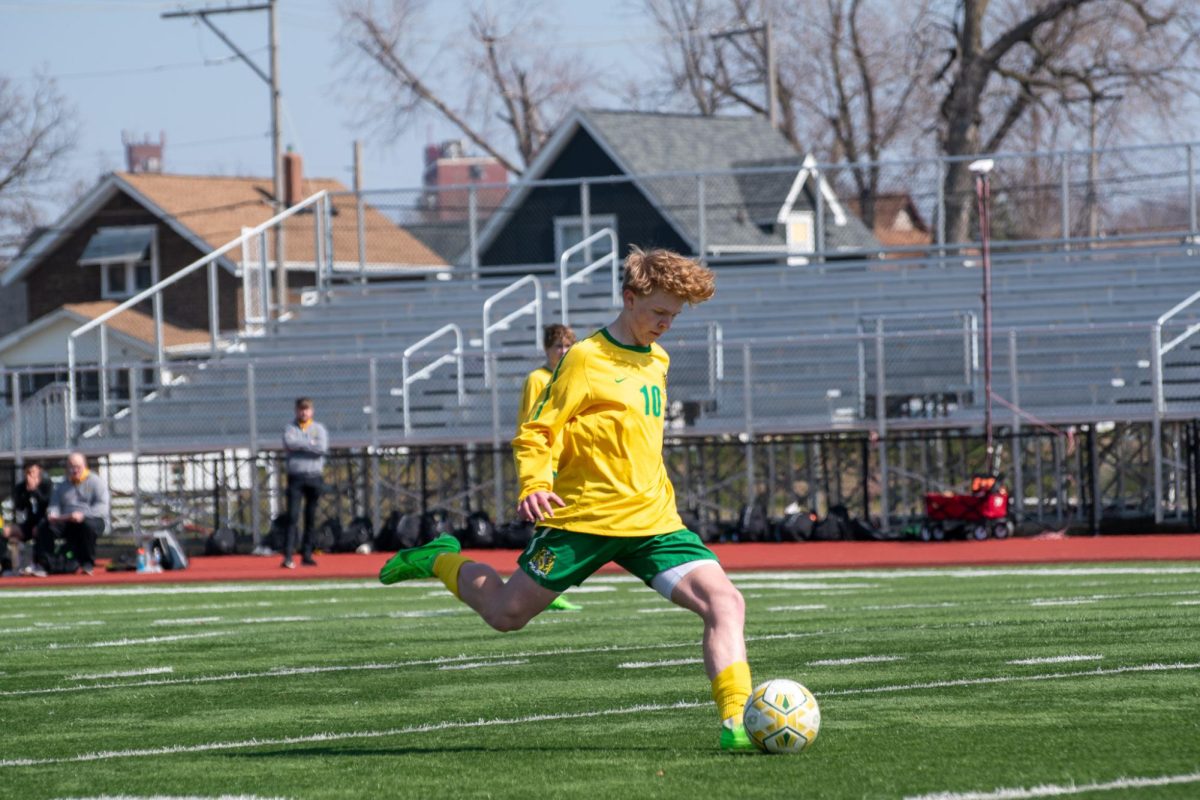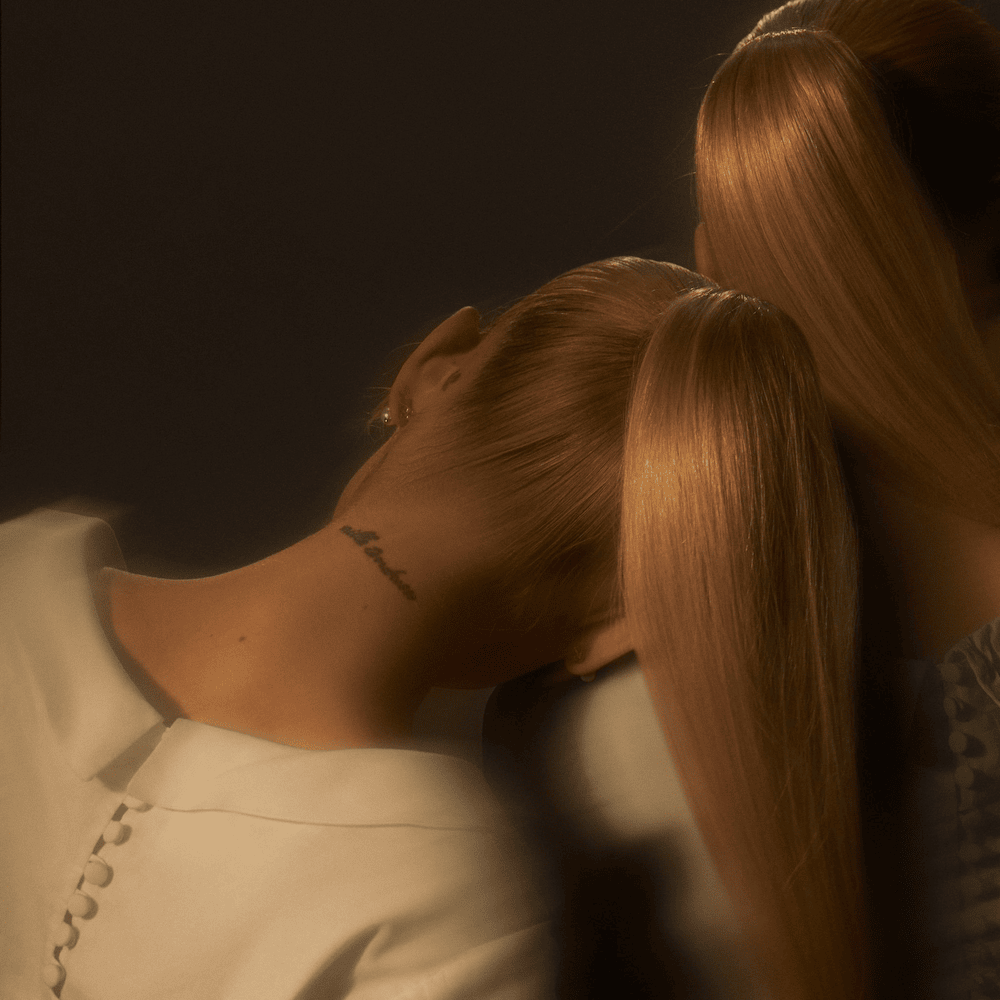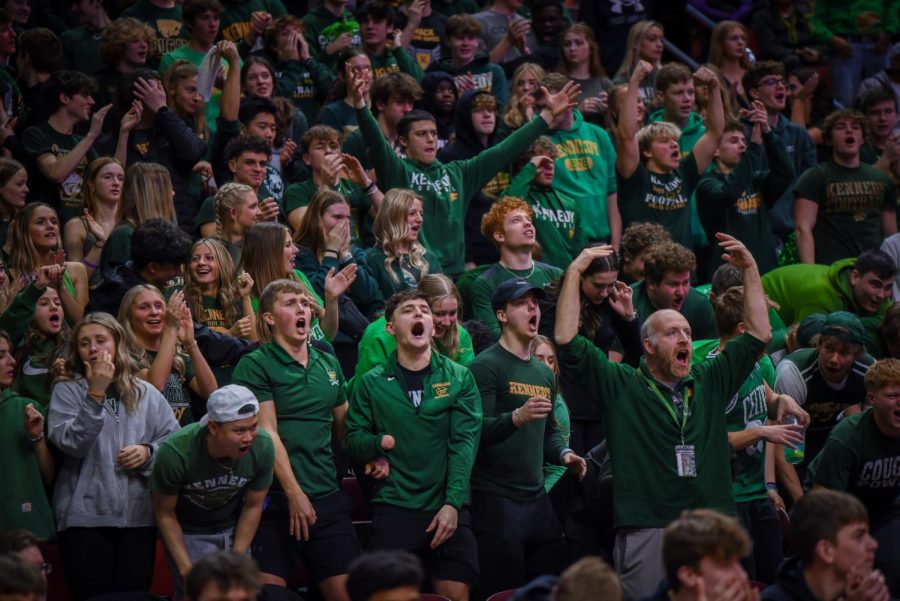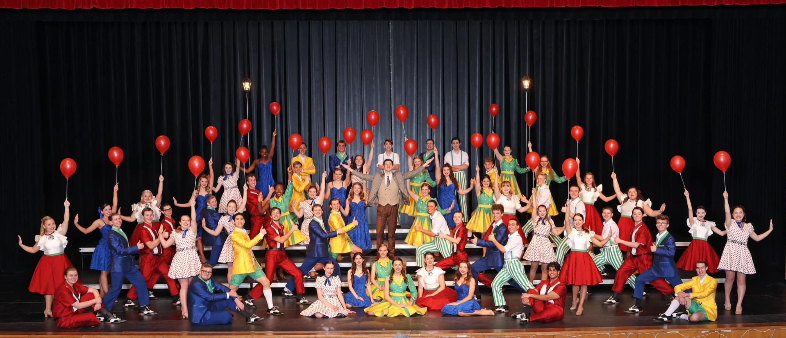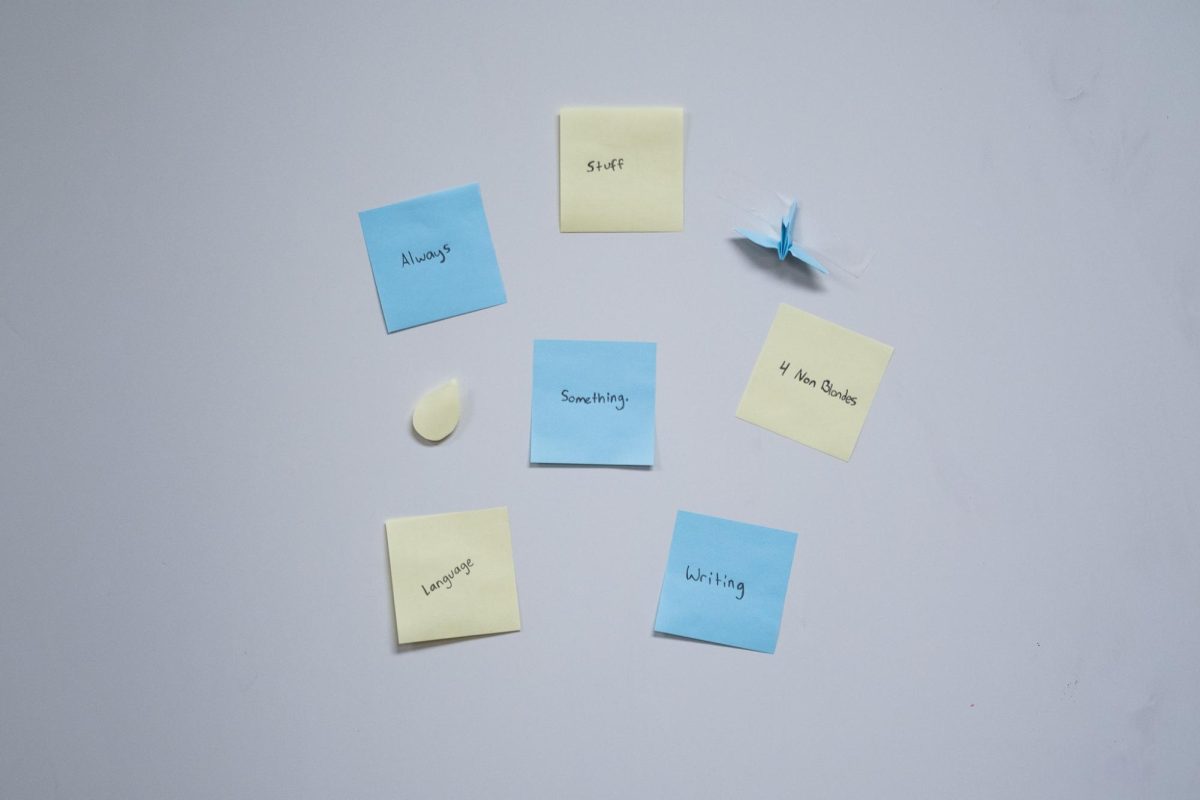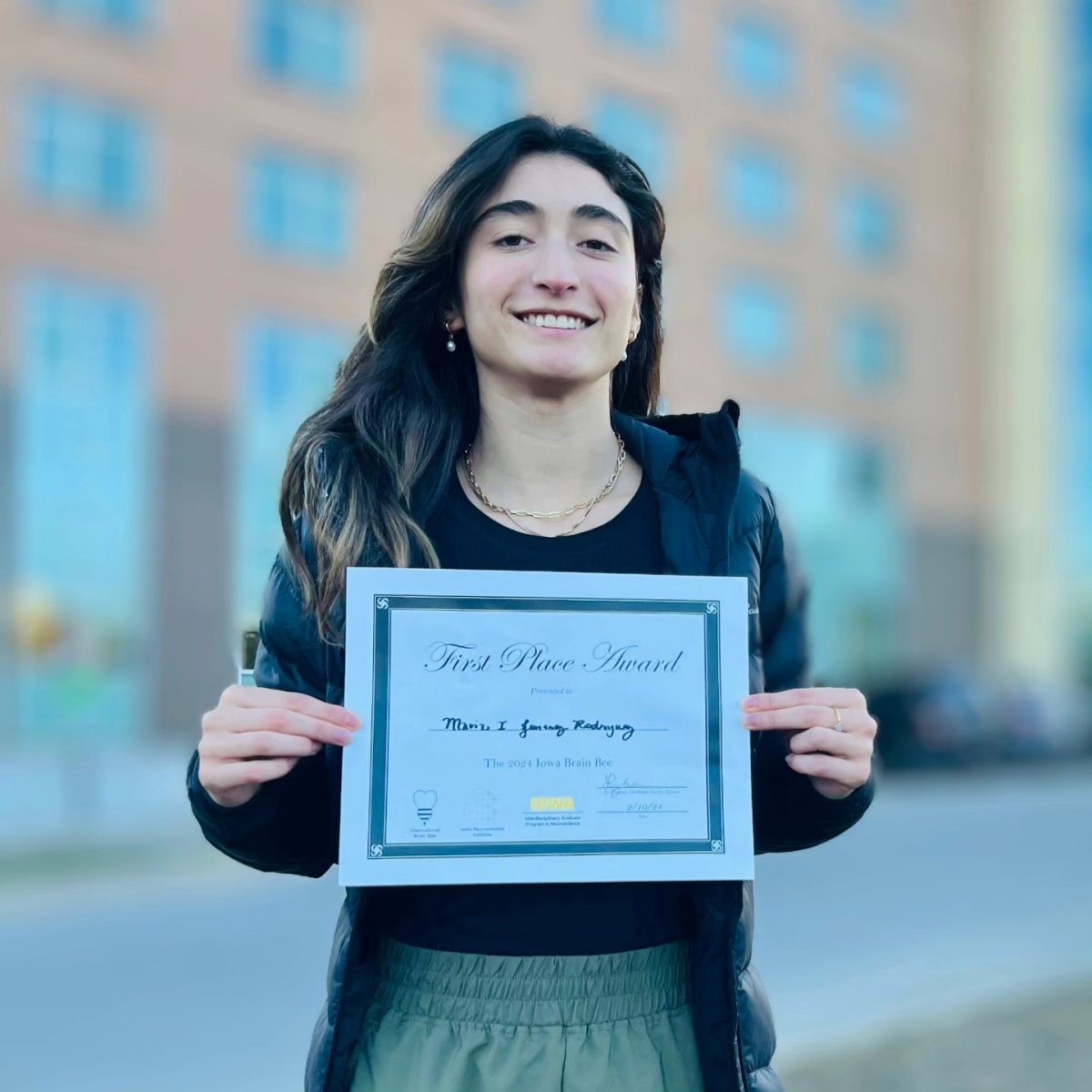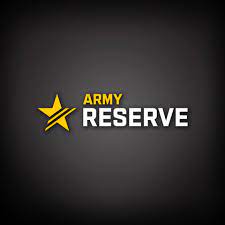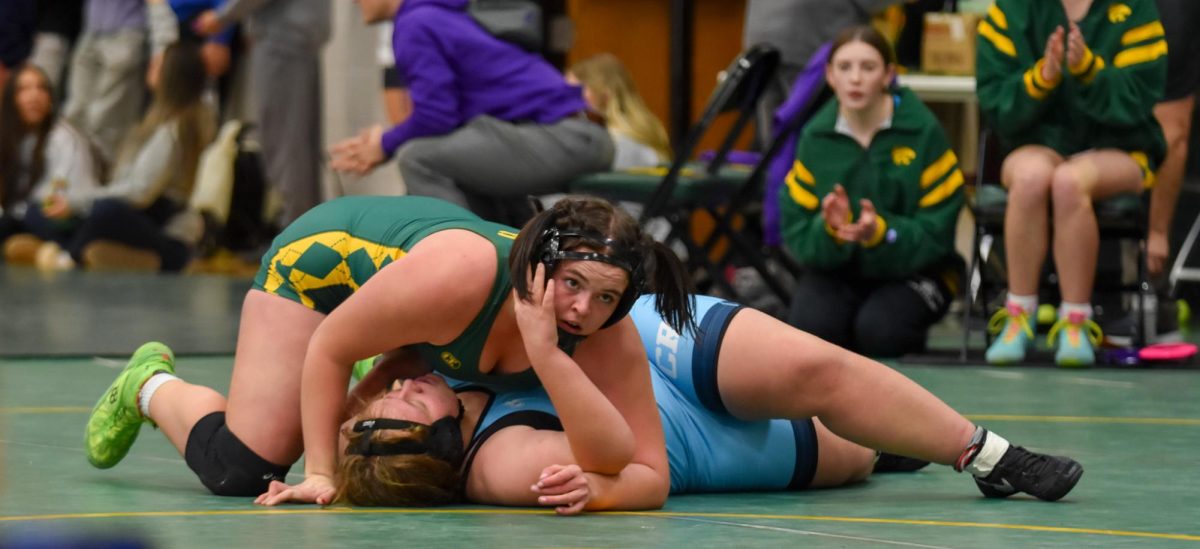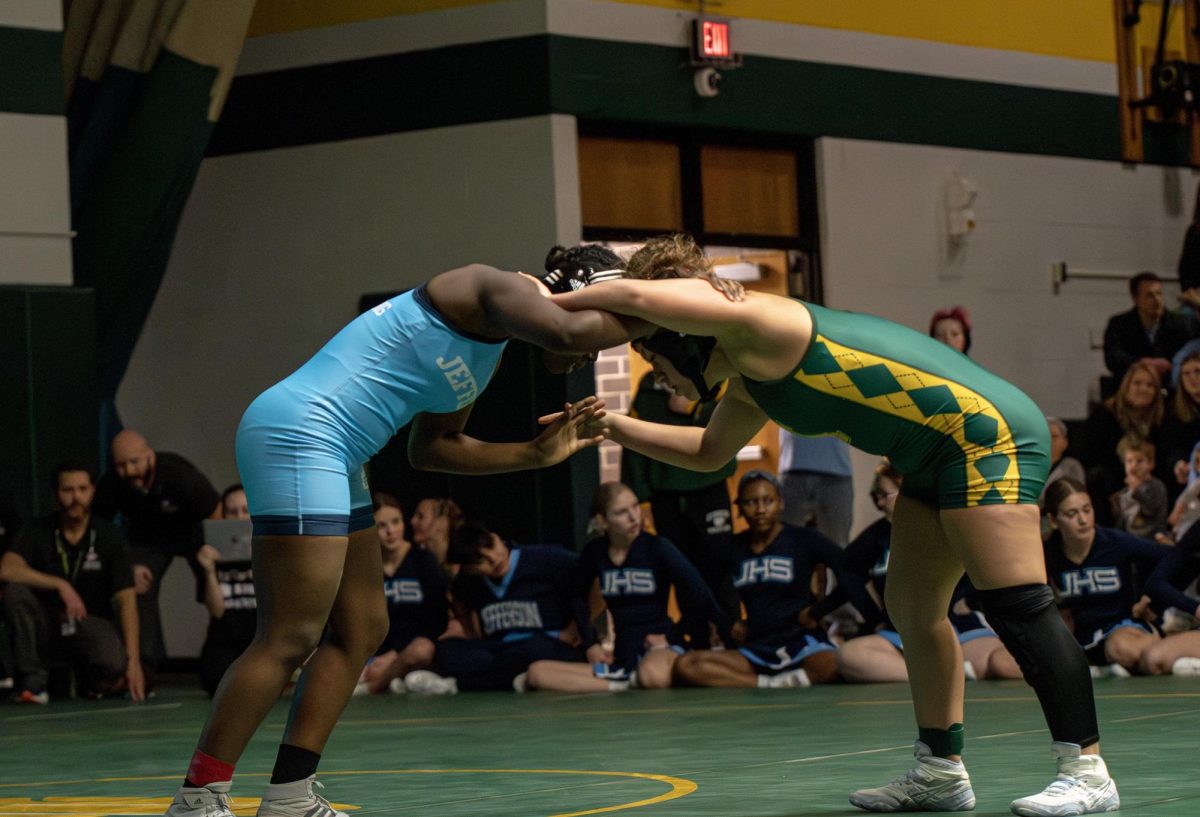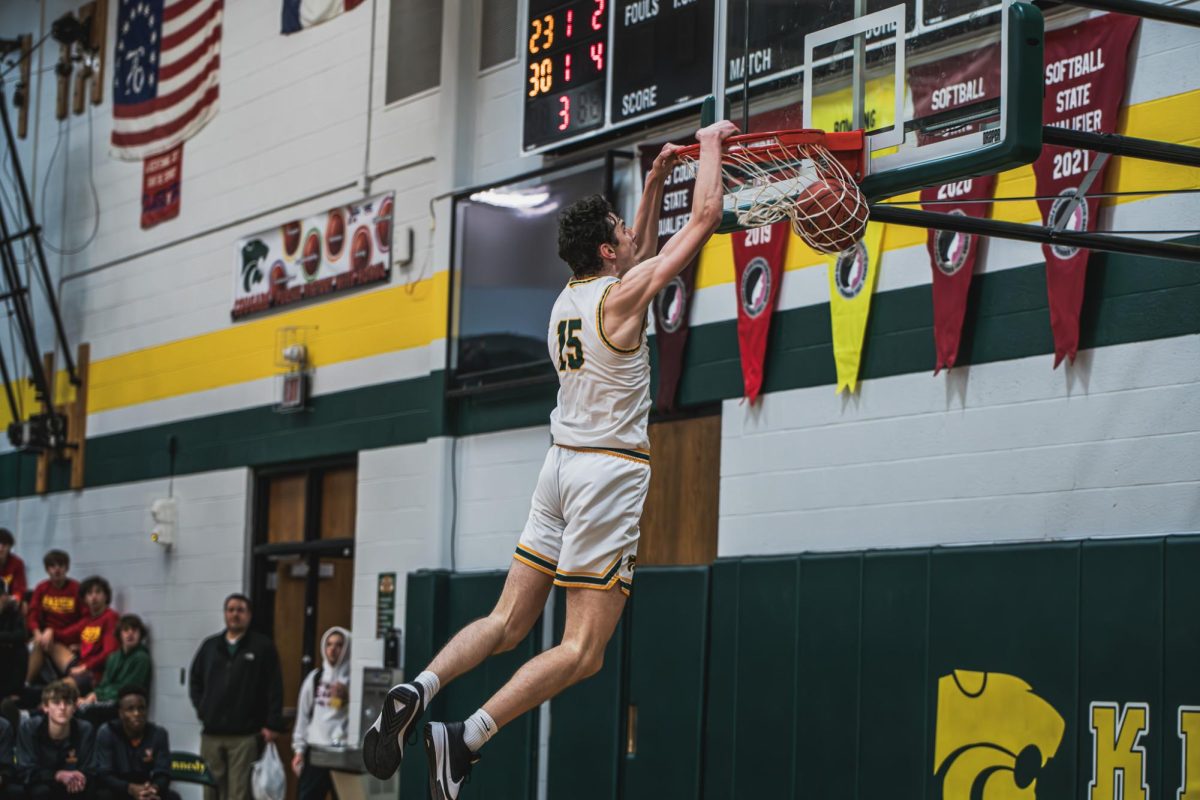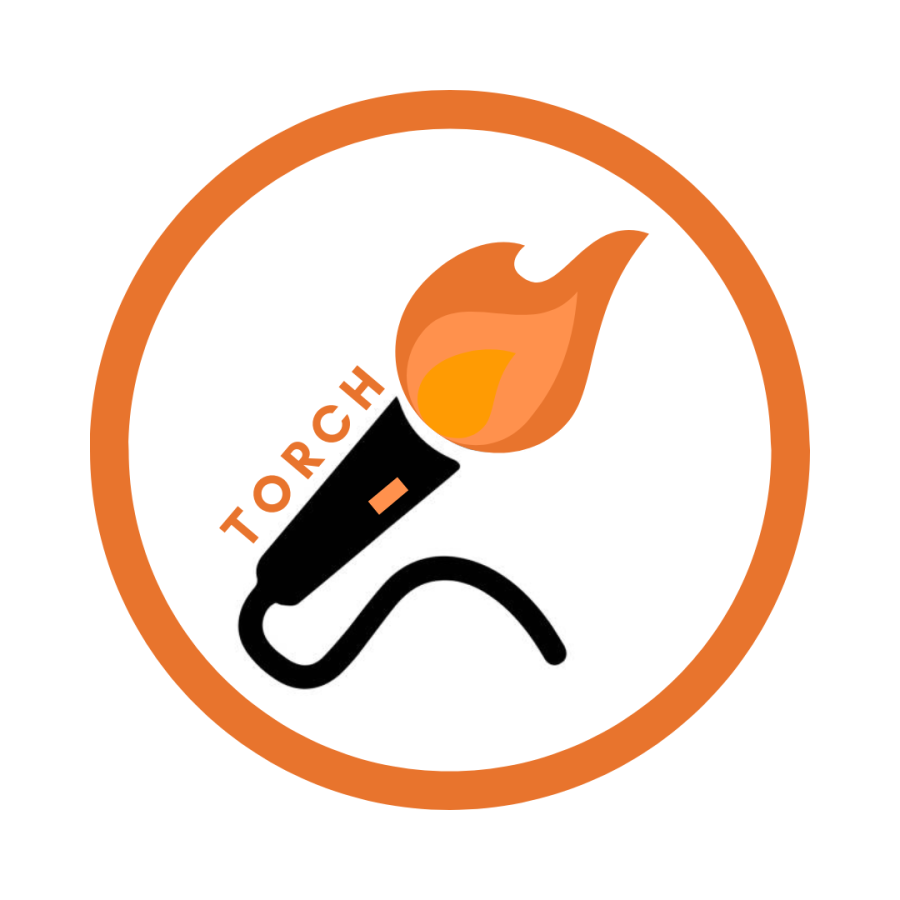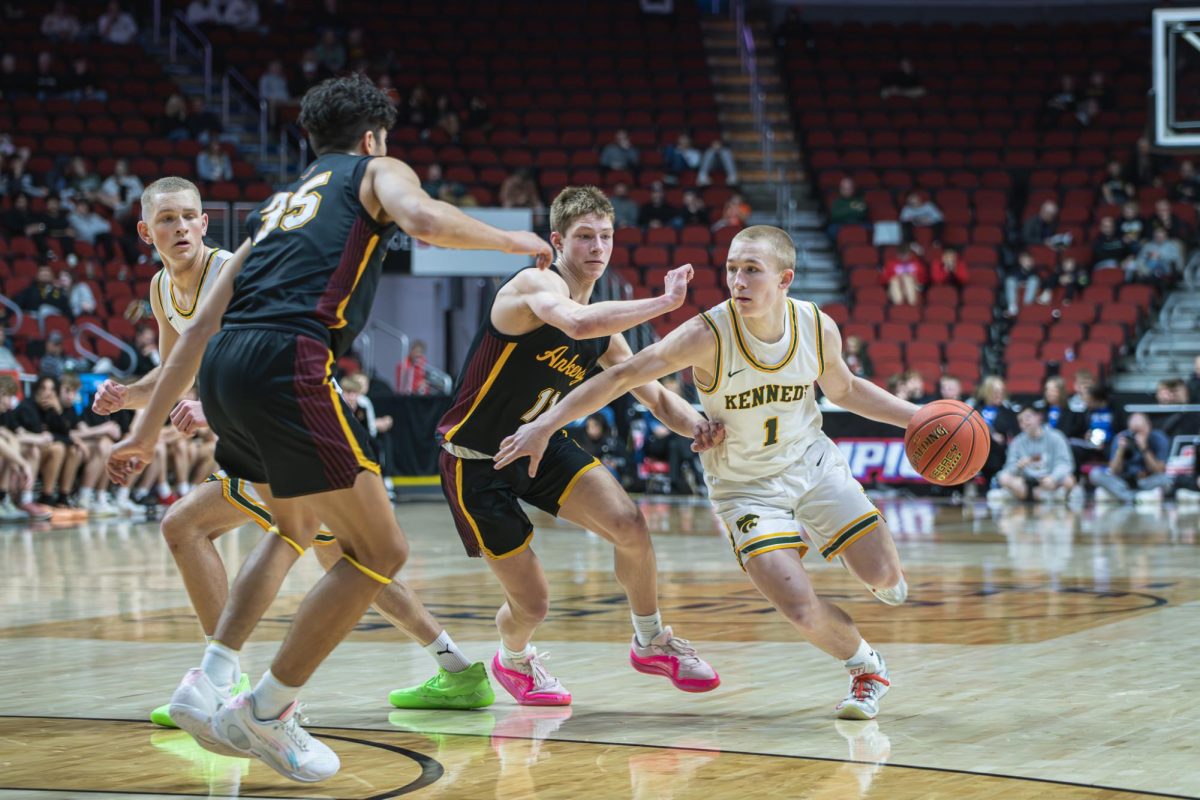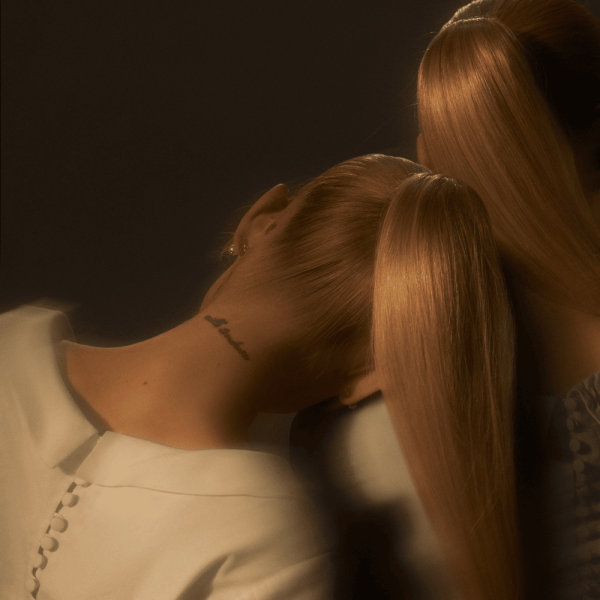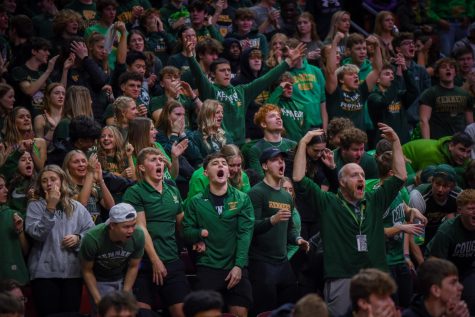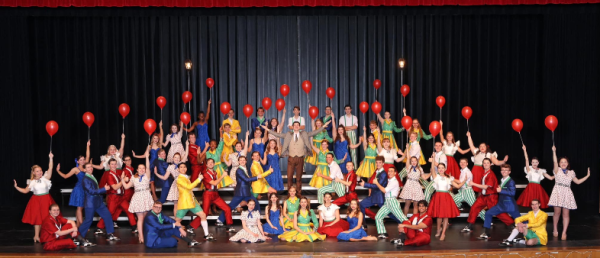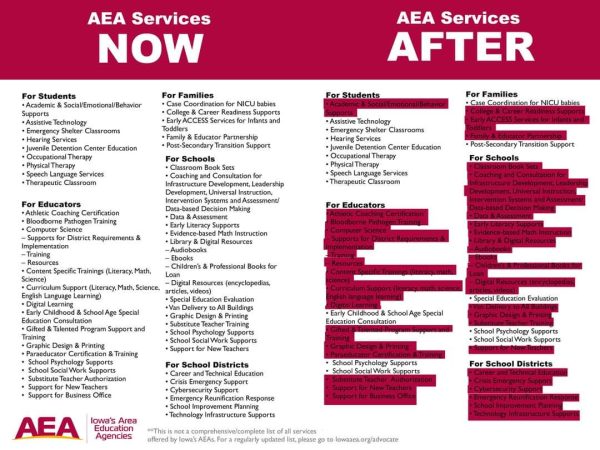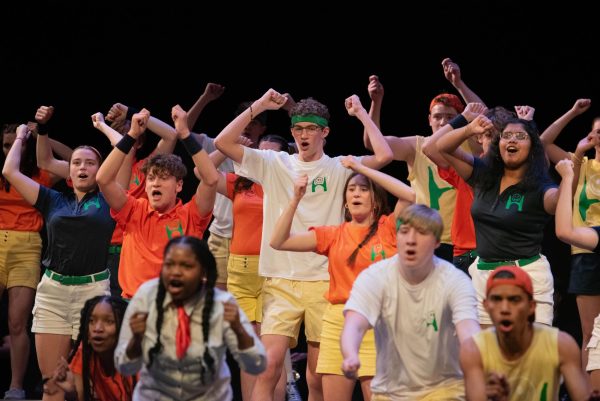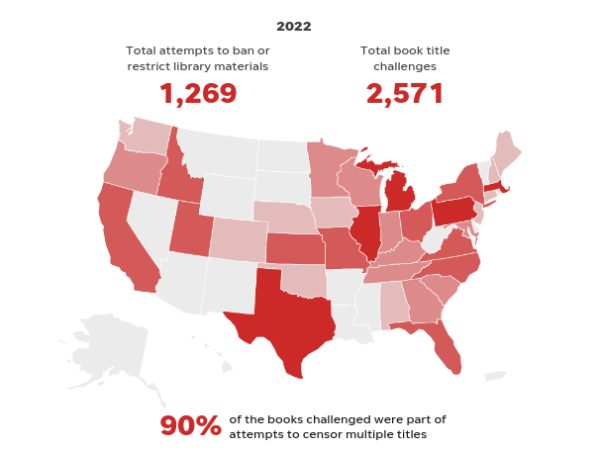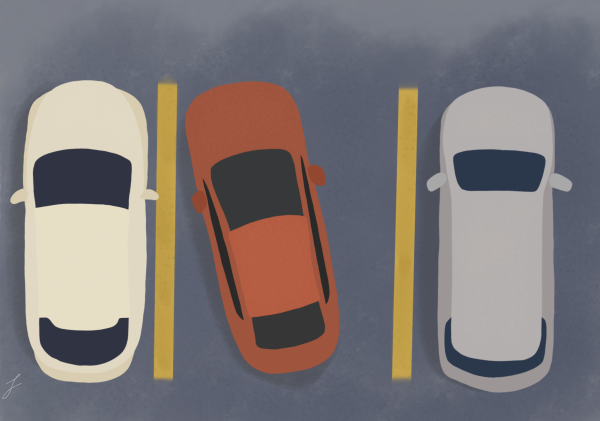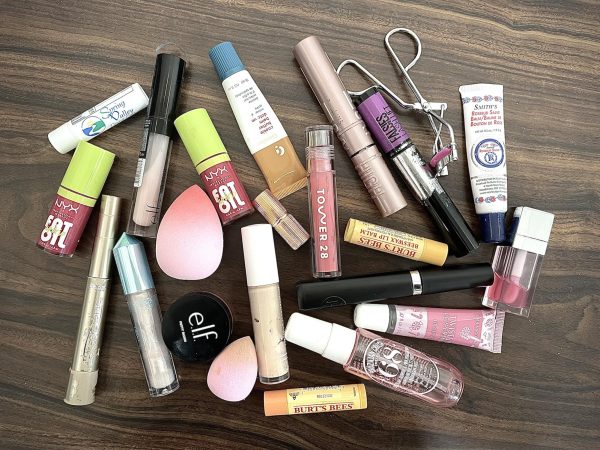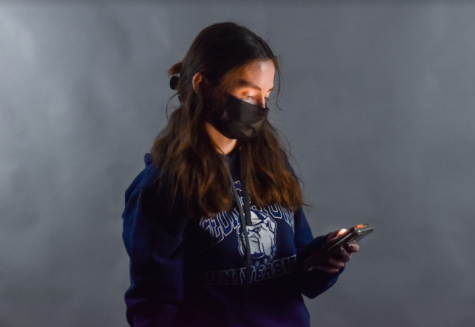Shoot me, I’m black

It is evident that walking while black in America is a crime. Black lives don’t matter here, and they never have.
Blood trickled from his body into the street as he laid there, face down, for hours. Hours, as an angry, heated crowd gathered. “They could have just tased him. That’s some bullshit,” yelled a man at the scene in a cell phone-taped video. Gathered, they stared at his death, knowing it could have easily been their own while a cop laid a sheet over him.
The bullets that killed Michael Brown, a black unarmed 18-year-old, ricochet throughout Black America. It felt like our spirits were bleeding drops of gasoline on the flaming coals inside. And when the rage erupted, we filled the cities yelling, “No Justice, No Peace!”
Ever since the death of 17-year-old Trayvon Martin on the night of Feb. 26, 2012, it has been the topic of discussion in the news. Little did his loved ones know that the last image they would have of him was what was caught on surveillance video; the hood from his dark gray sweatshirt covering his head as he walked up to the counter in a nearby 7-Eleven, reaching deep into his pockets to pay the clerk for the bag of skittles and Arizona iced tea he went in to grab. Capturing him lastly, walking out.
People fail to realize, though, that this situation has transformed into something much bigger than Trayvon Martin and Michael Brown. This is about Ezell Ford, John Crawford, Eric Garner, Renisha McBride, Jordan Davis, Jonathan Ferrell, Darius Simmons, Sean Bell, Amadou Diallo, Oscar Grant, and the countless other black people who lost their lives due to systematic racism.
Systematic racism – the system that continues to manufacture the image of “criminal” black people. The exact system that demands second-class status for ghettoized black youth, and middle-class blacks in general. It was the system that carries out a form of self-fulfilling prophecy, the kind that allows police officers to kill blacks and simply say they had felt threatened.
Brown was shot, not just once, but several times by a white Ferguson police officer, Darren Wilson, on Aug. 9, 2014. It didn’t even take me having to put myself in his mothers shoes to know how it felt – he was one of us, and he didn’t deserve to be shot. He was a good kid. He was just walking home. He didn’t have a gun. He even put his hands up. He was going to college in the fall. Do you know how many black men graduate? Allow me to remind you – not many. And it all goes back to this system.
The system that seeks deep into the black communities for criminality by placing in much of the law enforcement personnel. Giving the young ones poor education, easy access to guns and dope, discriminating against us in every way imaginable, keeping us unemployed and then all of a sudden, like magic, the conditions have been created that justify police presence. Leaving no room to rebel against our situation, police officers brutalize the community, and from time to time, they shoot or kill one of us.
Our victim’s innocence allows black pain to be visible, and to show in contrast the guilt of a racist system. It’s why we marched with arms raised, shouting, “Hands Up! Don’t Shoot!” It’s why two years ago, we wore hoodies when Trayvon Martin was killed in Florida. It’s why we counted to 50, one for each bullet fired by police at Sean Bell in 2006. And it’s why we waved plungers at the NYPD in 1999 after officers used one to sodomize Abner Louima in a bath stall.
In Ferguson, stores burned as people ran in and out of clouds of tear gas. In the fire light, the nation and the world could see the black rage underneath the American Dream. But as the riots end and ashes are swept, a question remains.
Why is our suffering so invisible, so unvalued that it takes a city in flames to see it?
The answer lies within our innocence, as we all try to be “innocent” in order to achieve respectability, but fail. We try again, and fail once again. On occasion, sometimes one of us gets a win – a BET Image Award or a middle-class job. But many of us don’t, and that’s when we start to blame ourselves. Looking into a mirror, we think we are too dark, too ghetto, too poor, too not good enough to be anyone worth anything.
From this innocence, we become visible to the whites, and even our own kind by a whole vocabulary: monkey, hood-rat, tar baby, ratchet, darkness, and so on. We knife each other with curses everyday, and step on each other just to get to that light stemming from the dollar sign floating above us. Shoot, much of hip-hop is exactly this, among our existence of black gang violence – a pure sign of double consciousness. It doesn’t help that white conservative experts scream about “black-on-black” crime when most crime, “white” included, is interracial. Yet anyone with ears can hear an element of adopted racism in gangs of color. And yet anyone with eyes can see that Black America is under constant pressure, a whole spectrum of violence hits us and then too often, we turn around and hurt each other.
But then we see another murder, by a police officer or by some G.I. Joe-wannabe that kills an unarmed, innocent black person, usually male, and suddenly the spell is snapped. No matter how hard one tries, the white gaze will only see a “blackened” body to suspect, to handcuff, to jail, or to shoot.
Hood over my head, hands held up high; shoot me, I’m black. But just remember, I had a dream
Your donation will support the student journalists of Kennedy High School - IA. Your contribution will go towards the purchase of a new lens for our photographers.

